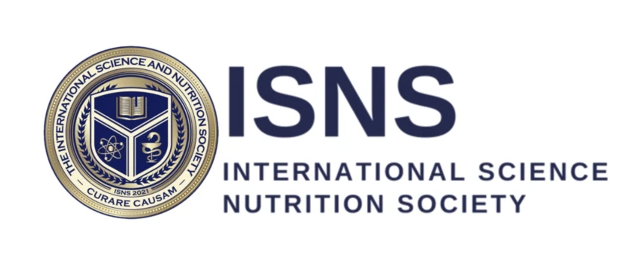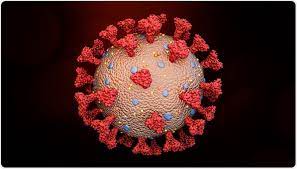Prospect of SARS-CoV-2 Spike Protein: Potential Role in Vaccine and Therapeutic Development
Subodh Kumar Samrat, Anil M. Tharappel, Zhong Li, and Hongmin Li
SARS-CoV-2, a betacoronavirus, has recently emerged as a major public health issue around the world. More than 22,140,472 people have been infected as of August 19, 2020, and over 781,135 people have died as a result of this lethal virus. In comparison to previous coronaviruses, SARS-CoV-2 has a higher infectivity rate and a longer incubation time. SARS CoV-2 binds to the same host receptor, angiotensin-converting enzyme 2, but more intensely than SARS-CoV. (ACE2). Several approaches for developing a vaccine against SARS-CoV or MERS-CoV have been attempted in the past, with mixed results. Since SARS-CoV-2 enters the host cell via the spike (S) protein, it is one of the most promising candidates for vaccines and therapeutics against the virus. The characteristics of the S protein, as well as the various methods used to produce vaccines and/or therapeutics based on the S protein, are summarized in this study.

